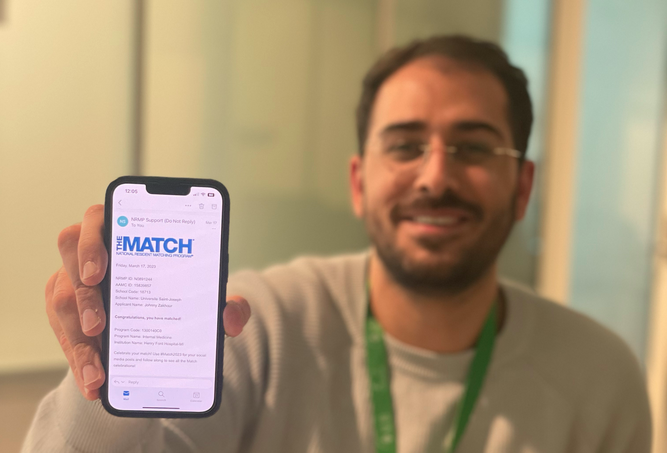As a pre-medical student, medical student, graduate, or professional, you may be questioning why so much emphasis is placed on telehealth. Won’t a vaccine for COVID-19 and the subsequent culmination of the pandemic cause medical care to return to normal? Not quite.
Telehealth was only beginning during the onset of the pandemic. The virus’s high transmission rate and expansive spread lead many healthcare professionals to rely on telehealth. In a short amount of time, telehealth went from lesser-known to front and center. As a future or current physician, you need to be prepared to provide this type of medical care.
To learn about telehealth and the benefits, click here. To learn how telehealth will be implemented in the future, continue reading below.
Current Scope of Telehealth
At present, it is estimated that well over 60% of medical professionals are using telehealth to provide care on some level. During certain stages of lockdown, more than ¾ of medical visits took place over the phone or via video. Telehealth was and is essential for keeping patients and physicians safe. As such, it will continue to play a role in medicine.
The safety that this type of medicine provides is just one of its many benefits. Its convenience is another. For the elderly and members of rural communities, telehealth allows without needing transportation. Since March, roughly 40% of Medicare-covered appointments have been virtual. It is possible that this population is specific will continue to demand telehealth in place of in-person medical appointments.
Evidence of the convenience telehealth provides can also be seen by an increase in attendance of scheduled appointments. The attendance rate of telehealth visits is 7% higher than appointments scheduled to be in person. Patient safety, convenience, and high attendance are all aspects of telehealth that make providing it as an option a no-brainer.
Post-Pandemic Predictions
For telehealth to continue growing in the future, technological advances must be made. In months past, inventions, including electronic stethoscopes and apps that perform EKGs, have emerged. These new tools and those that follow will take telehealth from mundane to mainstay. In fact, these a demand for technology-driven medical tools have caused the industry of telehealth technology to grow, seemingly overnight.
Like all things, there will be a time and place for telehealth. Not all areas of medicine will able to rely on it to treat patients. Oncologists often use their sense of touch to determine the presence of cancers. Physical medicine and rehabilitation specialists may need next to use their senses to determine and test a patient’s range of motion. For surgical specialists or medical cases who require procedures to be carried out, remote appointments will not cut it. Telehealth can be valuable for follow-up appointments, however. They have been found to decrease patient wait time and allow physicians to see more patients in a single day.
It’s likely that telehealth will have a hand in all medical specialties, whether it be all general medicine and family medicine appointments or follow up appointments for more niche areas of medicine.
Foundations for the Future
Because telehealth is playing a role in medicine now and will be in the future, medical trainees should begin to build knowledge and skills in this area. Communication between patients and physicians has always played a large role in successfully diagnosing, managing, and curing diseases and illnesses. Telehealth, which relies on phone calls or video streaming, puts more significant pressure on physicians to tease out information from patients. Medical trainees will not be able to rely on physical cues but will have to learn how to ask patients the right questions.
As technology becomes increasingly in both telehealth and in-person medical appointments, trainees will need to learn how to troubleshoot common technological issues.
In addition to learning the skills needed to succeed as a healthcare professional who uses telehealth, young medical practitioners will need to study up on laws relating to this type of medicine. Currently, there are geographic restrictions in place that prevent physicians from providing care to patients outside their state. They have licensure. Because this is a new and constantly evolving area of medicine, its likely that connected regulations will be in a state of flux for some time.
HIPAA laws also play a role in how remote healthcare is carried out. With respect to patient privacy, physicians must be in a private setting when seeing patients via telehealth. Their method of contact must be private (zoom calls, phone calls, etc.) rather than public (social media channels, group calls, etc.).
Medical trainees looking to gain foundational knowledge in telehealth should consider participating in a clinical experience that focuses on this type of care. AMOpportunities offers both virtual and in-person experiences that include telehealth in the curriculum.







Leave A Comment